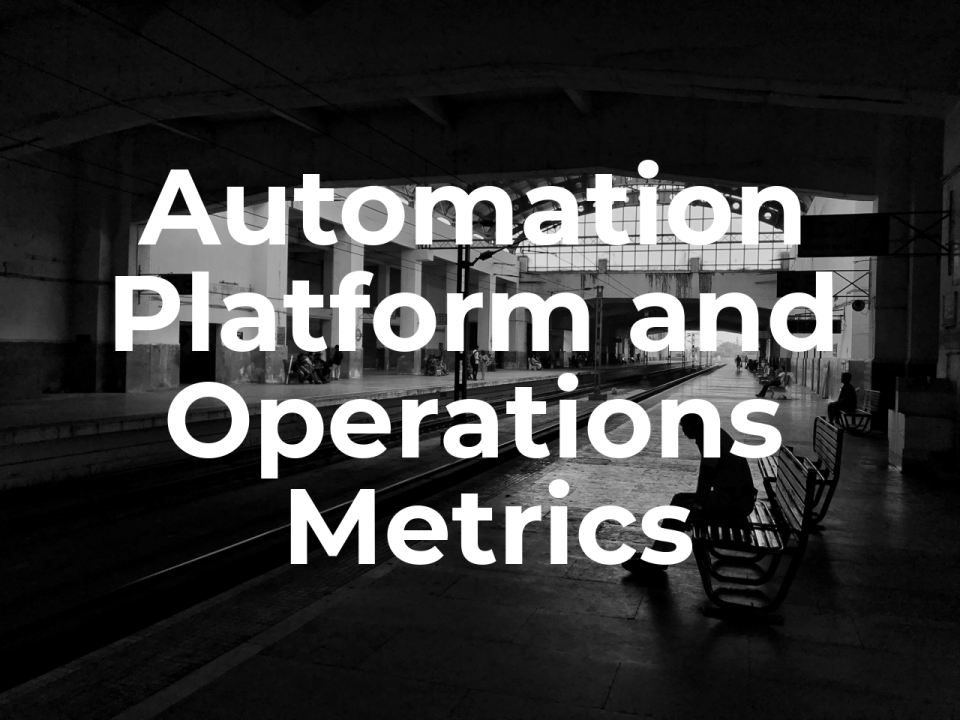The march of the robots is stalling.
Are organisations struggling to implement RPA? 100% yes.
EY found between 30-50% of initial RPA projects fail. Having now spoken to almost 100 people engaged in Robotic Process Automation (RPA) over the past two years, I suspect this figure may well be higher.
RPA as tool or technology is reasonably uncomplicated. It can add real value if implemented correctly, used in the right context and managed diligently. However, unlike what certain vendors suggest, ROI is not achievable in a matter of weeks, or for many, a matter of months.
This is not surprising. Is it realistic to expect firms who are new to RPA (a nascent technology) to locate a volume of automatable processes; then map and document them or ideally redesign them; implement governance and change control at global scale; build an enterprise cloud RPA environment; resource an expert team (internal or external or both); introduce a comprehensive playbook; establish meaningful and measurable KPIs; create engage SMEs; genuinely win hearts and minds; obtain IT support and CISO sign off; pass governance and compliance boards; and lots lots more all within a matter of weeks or several months? Hell no! Or rather not if you want RPA to work properly over the long term.
Number of vendors are pressing RPA, AI, machine learning and indeed RBPOs (highly achievable but not implemented by many) without first helping firms solve RPA 101. They are guilty of overselling RPA as the gateway product to digital transformation bliss, and then failing to help firms deliver on vendors widely unachievable promises. But don’t believe the hype. Vendors must sell their RPA to make a living, but they must not over sell RPA. Otherwise, this will come back to bite them (arguably this is happening to many RPA vendors right now).
That said, we should not lazily lay all the blame for organisations struggling to implement and scale RPA at vendors’ doorsteps. RPA programs often fail because business leaders rush to implement the latest hot technology that promises to solve all their business problems without the need for specialist IT help. That is simply not going to work, nor has it ever worked. RPA is a technology and technology requires expert help and that help must come willingly.
IT departments can be guilty of blocking RPAs progress within their businesses. Smarting from vendors directly pitching solutions to the business, IT teams can and do block the roll out of technologies which they feel might threaten their existence.
IT and the business must engage in a mutually respectful manner to deliver on tangible business outcomes for which they both accountable.
Problems also arise when organizations mistake tasks for processes then vastly underestimate the complexity of the processes they are trying to automate or the time it takes to fully automate them. Remember RPA cannot fix bad processes; it simply speed them up.
RPA is a relatively simple, configurable and powerful technology but firms need to think twice before jumping head first into expensive RPA programs. RPA is not cheap no matter what anyone tells you. RPA is not hard to get right, but it is not hard to get wrong!
RPA works, but RPA is not a panacea. No single tool ever is. It might not even be the right tool for the job when a suitable API is available. In fact, more often than not you will need a digital tool kit to help fix business problems (i.e. a combination of AI, Analytics, OCR, NLP, APIs, VBA, .NET, C#, chatbots, Scripts, etc.).
Getting RPA projects right is difficult. Therefore, before beginning an RPA journey organisations should seek out expert guidance. They must take time to engage an expert partner that possesses a unique blend of deep domain knowledge; in-depth of technical, project and lean for digital experience; real world, practical RPA programming experience and a large dollop of common sense.
RPA is not an end in itself and real digital transformation is bigger than bots. RPA is a technology that can help you automate and transform your business, but it can take years to develop real RPA muscle power. Organisations should adopt a crawl, walk, run approach to RPA; only moving forwards when truly ready to do so. As their RPA journey unfolds firms must place an unerring focus on delivering tangible business outcomes not on the number of robots implemented. Only by doing so might a digital transformation journey, with RPA at its centre, have any chance of success.
Used appropriately, RPA can be a very useful tool in a strategic transformation initiative. But if approached incorrectly, RPA can perpetuate legacy system issues and become an expensive lesson. RPA can help solve business problems but firms must take their time and implement RPA correctly. Otherwise, the sweet taste of a rapid RPA roll out will be consumed by the bitter, long term taste of yet another failed RPA program.
#RPA #RoboticProcessAutomation #IntelligentAutomation #AI #Data #Analytics
Useful links:
Note: The views expressed above are my views and not those of my employer.









Leave a Reply